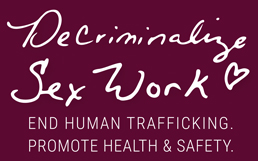September 2001:
Professors at the University of Pennsylvania published a widely cited study in which they estimated that some 326,000 children were “at risk of commercial sexual exploitation” in the United States. The role of the internet was not specified, but it was stated that the online victimization of children had reached “epic proportions.” Importantly, the nature of the exploitation was not defined. As the internet reached an ever-growing number of people, it would logically follow that the use of the internet to exploit children would also grow. This phenomenon does not take away from the heinous nature of child victimization, but merely points out a logical fallacy in blaming the internet platforms themselves for this perceived epidemic.
The study had a significant political and social response and pressure mounted for sites like Facebook and MySpace to remove sexual content from their pages. As mainstream websites increased their auditing mechanisms in reaction to such pressure, sexual advertisements moved to specialized sites like Backpage.com and Craigslist’s Erotic Services Page. Lawsuits brought against online platforms for allowing such content repeatedly upheld Section 230.
In response, a coalition of internet regulators formed, led by the National Association of Attorneys General, the National Center for Missing and Exploited Children, the Christian right, and prohibitionist groups. They were ostensibly an anti-trafficking coalition, but they also adopted rhetorical and policy strategies that sought to abolish prostitution and some elements of sexual freedom.
